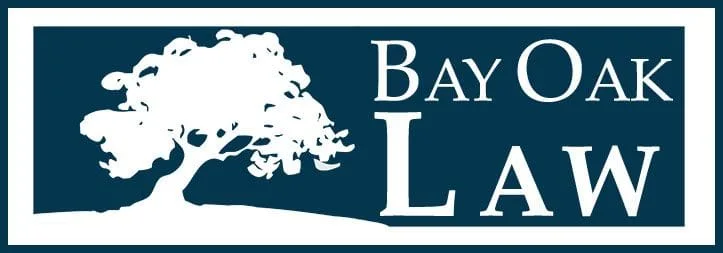- posted: Oct. 02, 2014
- Archive
By: Sharon Adams
Every trademark application must identify the exact mark, and the goods or services that are associated with the mark. The Trademark Examination Guide (released in August 2014) makes clear that improper classification of the goods or services may result in rejection of the trademark application.
The Guidelines state:
To be acceptable, a service-mark specimen must show the mark sought to be registered used in a manner that demonstrates direct association between the mark and the services. Guidelines 3-14, §II, (emphasis added).
Correct Classification Is Essential To Success of Your Trademark Application!
Every registered trademark must have a "specimen" showing use of the trademark in commerce for the specifically claimed goods or services. Goods or services are grouped by international trademark classification. There must be a clear association between use of mark on the submitted specimen and the classification of goods or services identified in the trademark application.
Applicants must pay a fee for each classification selected, therefore many applicants prefer to limit the number of classifications in a trademark application, often selecting only one classification. It is crucial that the selected classification(s) be correct, or the applicant will have to start over again, and pay a new fee.
Step 1: Goods Or Services?

The new Guidelines demonstrate that improper classification of the goods or services will result in rejection of the trademark application. Therefore, to save money and have a successful trademark application, the correct classification must be identified in the application. The first step is determining if the mark is being used for goods or services.
The difference between goods and services may seem obvious, but there are pitfalls even at this basic level of classification. It may not be readily apparent in today's internet-based marketplace if a mark is being used to identify the source of goods or services, as shown by the LEADING EDGE application. In this case, the applicant applied for a trademark in Classes , 9 and 16 for goods, including toner, toner cartridges, and ink. The applicant submitted the following specimen to support its use of the goods with the mark.
The PTO refused registration of the LEADING EDGE because the mark, as used in this specimen, was not directly associated with any goods at all. The PTO stated that the mark in this specimen is associated with services, not goods. The Guidelines explain:
"had the mark been used in connection with retail store or distributorship services, the specimen would likely have been acceptable due to the placement of the mark on the upper left corner of the webpage where service marks normally appear." Guidelines 3-14, Example 17 (emphasis added).
Step 2: OK, the Mark is Being Used as a Service -- What Classification Is Correct?
There are 11 classes in the international trademark classification that are associated with services. Some of the existing service mark classifications seem to overlap, and may cause confusion in selecting the correct class. The new Guidelines provide some clarity on this issue for examining attorneys and applicants, and delve into what qualifies as a "direct association" between the mark and selected services in the modern marketplace.
Choosing Correct Classification -- Class 35 and Class 42:
One important consideration is whether the applicant is directly providing services to others (Class 35-Advertising and Business), or whether the applicant is providing software for the services. (Class 42-Computer and Scientific). The Guidelines state that:
"a primary consideration in these instances is whether the specimen indicates that the applicant is actually performing the relevant service activities for others, or, for instance, merely providing software that allows users of the software to perform those activities themselves."
Thus, when an applicant is providing non-software services the proper classification may be Class 35. However, if the applicant is providing computer software for the services, then the proper classification may be Class 42.
Example 1: Retirement Services -- Classes 35 and 42
As explained in the Guidelines, if an applicant is directly providing retirement services a proper description of the services in Class 35 could be: "financial consulting in the field of retirement planning". However, if the applicant is providing computer software for "retirement services", then a proper description of services in Class 42 could be: "providing temporary use of non-downloadable software for retirement planning."
Example 2: Medical Billing Services -- Classes 35 and 42
The Guidelines provide another example: when the description of services is "an internet-based service for providing temporary use of non-downloadable software for medical billing". It may appear that medical billing software is for "business administration or office functions" and therefore should be in Class 35. However, the Guidelines make clear that Class 35 is incorrect because applicant is actually providing a non-downloadable software service. Therefore, the correct classification is Class 42.
Other Questions About Correct Classification with Trademark Applications?
The new Guidelines make clear the analysis of the services provided, and the actual use of the mark, are essential to a successful trademark application. Bay Oak Law can assist you in analyzing the correct classification and other trademark issues.




